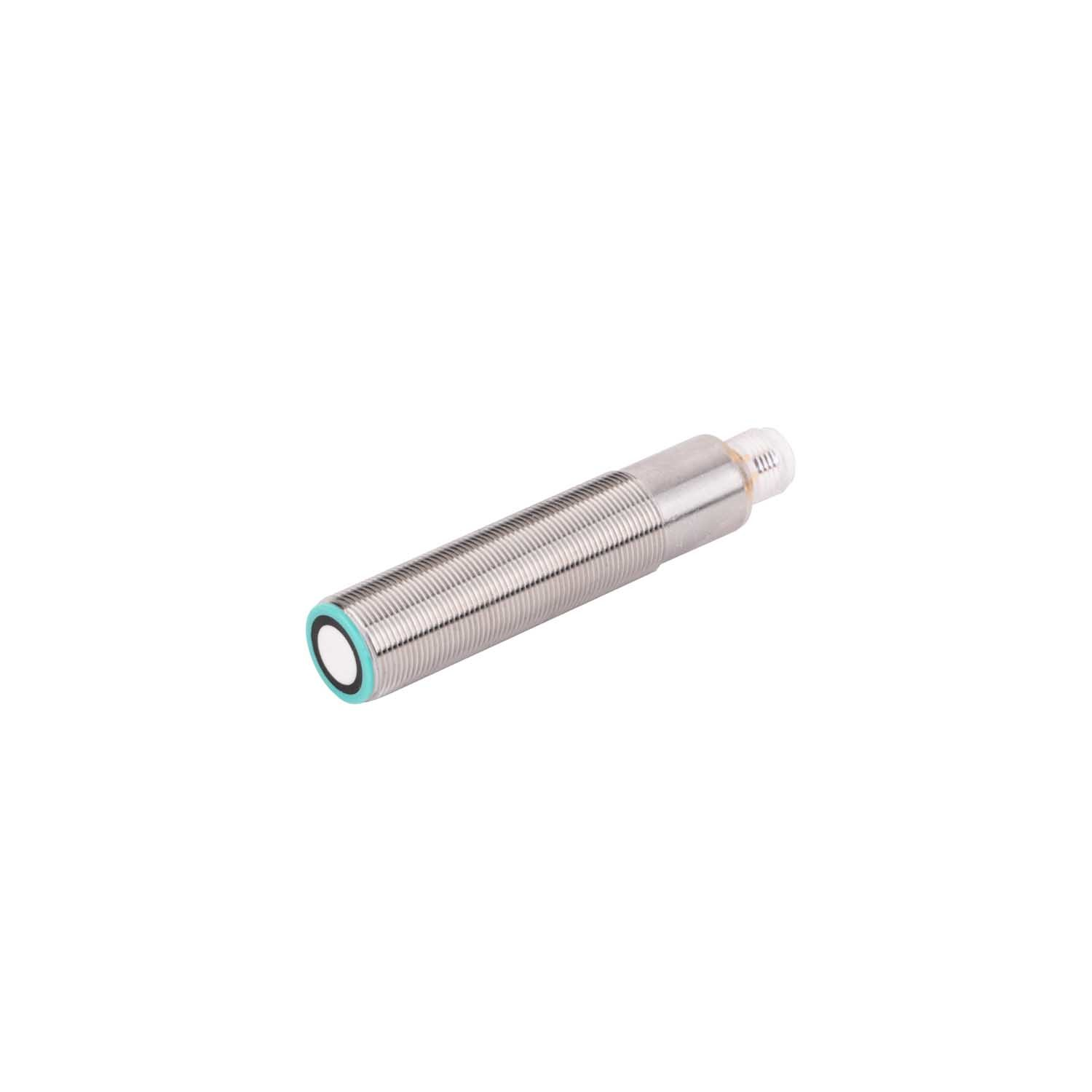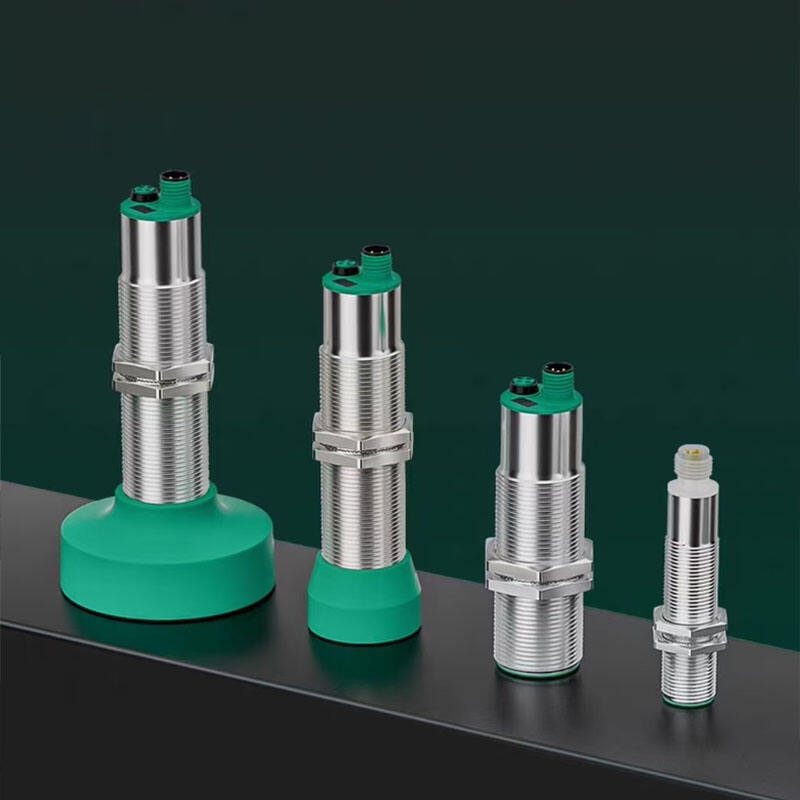non contact type level sensor
Non contact type level sensors represent a cutting-edge solution in industrial measurement technology, offering precise level detection without physical contact with the measured substance. These sophisticated devices utilize various technologies such as ultrasonic waves, radar, or laser to determine the level of liquids, solids, or slurries in containers. The sensor emits signals that bounce off the material's surface and return to the detector, allowing for accurate level measurement through time-of-flight calculations. These sensors operate by transmitting energy waves and analyzing the reflected signals, providing real-time data about material levels. They excel in monitoring processes involving aggressive chemicals, high-temperature materials, or hygiene-sensitive substances where traditional contact sensors might be unsuitable. The technology incorporates advanced signal processing capabilities to filter out interference and ensure reliable measurements even in challenging industrial environments. They can be easily integrated into modern automation systems, offering digital output signals that enable seamless monitoring and control. These sensors find extensive applications across various industries, including chemical processing, food and beverage production, pharmaceutical manufacturing, and water treatment facilities. Their ability to function without direct material contact makes them particularly valuable in scenarios where maintenance needs to be minimized or where product contamination must be avoided at all costs.










